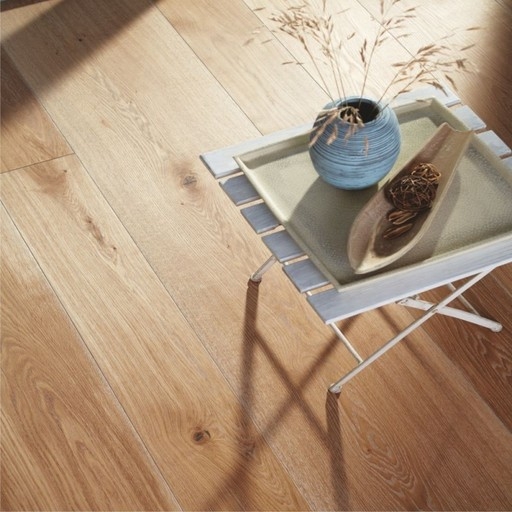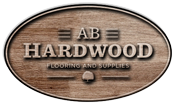We’re continuing to see the wide boards—wider and longer. While wide boards have been popular over the last couple of years, the really long boards are starting to show up a lot. Aesthetically, I think it’s beautiful, but personally, I’m interested to see if that’s something that people can sustain because now you have to ship those boards not just from manufacturer to the retailer but from us to our consumers. Our consumers have to be able to get them home.
The matte finish is continuing to be popular as consumers are kind of on their phones all the time, everything until sleek and digital all the time and the matte floor trend continues to reign supreme as people want to continue to incorporate natural products and create the sense of spa-like sereneness in their homes and things like that. We continue to see the muted color palettes — think sea-salt whites, the natural blondes are still really popular, the natural color of maple. Gray floors have been popular for so long, but we are starting to see a shift back to a mid-tone brown.
I’m starting to see the shifting and softening of distressed flooring—the super distressed kind of rustic feeling where it literally looks like people beat their floors with chains. We’re starting to see that soften up and people are really just celebrating the natural grain pattern, which I think is all part of that wellness trend that’s so big right now.

Why Finish Wood?
While choosing which type of wood finish to apply to your wood furniture, floors or other woodwork projects might be a dilemma, we can all agree that applying a good finish to your wood is absolutely essential.
Without a good finish, wood is likely to deteriorate – it may dry, crack, or swell if exposed to moisture, or shrink due to other weather changes. A good wood finish not only seals the wood against the elements, but also protects against accidental damage such as stains or scratches. Wood finishes also enhance the appearance of the wood by adding color and contrast.
Types of Wood Finishes
Types of wood finishes have evolved over time with various consumer demands. The two main players in the market are penetrating oils and polyurethane finishes.
Penetrating oil finishes, typically derived from plants, do just want the name suggests – they penetrate and fortify the wood from the inside, at the same time allowing the wood to ‘breathe’. They have been around for several decades, and have a long tradition of use in Scandinavian countries.
Polyurethane finishes on the other hand, are a blend of synthetic resins that harden into a protective plastic-like coating on the surface of the wood. These were developed to meet the consumer demand for a type of wood finish that is very durable, and the mostly widely used are water-based and oil-based.
WOCA’s Premium Penetrating Oil, Diamond Oil Active
Extremely durable wood finish
Plant based
Resistant to liquids such as water, coffee, tea and red wine
Gives the wood a beautiful, breathable surface
Approved for indoor use
Low VOC
isocyanate free
Low odor
Can be used on all wood species, including Exotic.
9 popular colors available.
Experiment to find the right products for your floor type.






